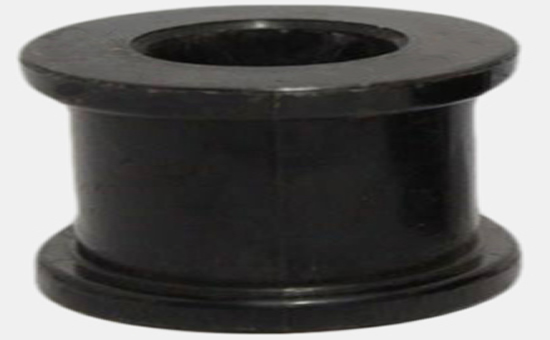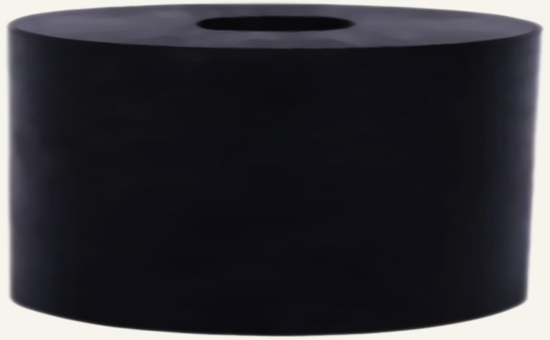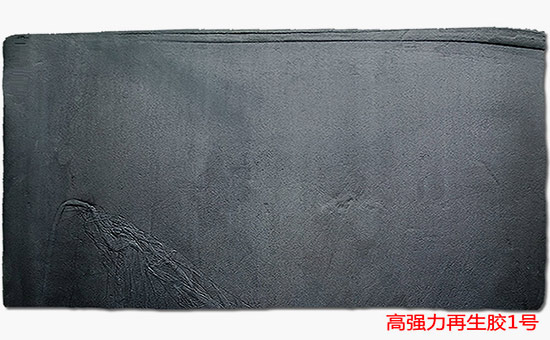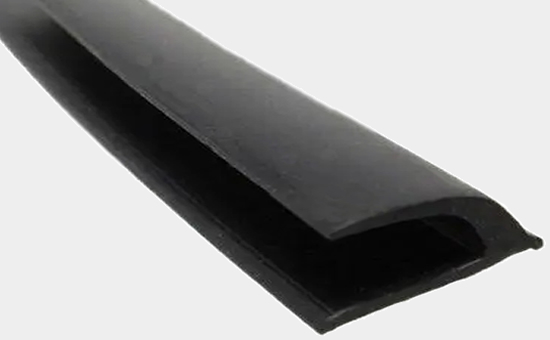
Rubber hardness is an important indicator of the rigidity (hardness) of rubber materials, and it is the ability of rubber to resist external forces without deformation. In the actual application process, the hardness requirements of rubber products in different occasions are different, and the formula of rubber products needs to be designed reasonably. The main components of recycled tire rubber are natural rubber and general synthetic rubber (styrene butadiene rubber, cis-1,4-polybutadiene rubber, etc.), which have good compatibility with general rubber. They can be used together to prepare general rubber compound and reduce rubber cost. Xiao Bian shares with you today three general rubber curing formulas with Shore hardness of about 60 degrees.
Formula I for preparing general rubber compound about 60 ° C with recycled tire rubber: 90 portions of styrene butadiene rubber, 20 portions of recycled tire rubber, 4.8 portions of zinc oxide, 1 portion of stearic acid, 1 portion of antioxidant 4010NA, 1.9 portions of paraffin wax, 30 portions of carbon black N550, 35 portions of carbon black N774, 37 portions of clay, 20 portions of aromatic oil, 12 portions of petroleum asphalt, 5 portions of petroleum jelly, 0.2 portions of accelerator D, 1.4 portions of accelerator DM, and 2 portions of sulfur; Total: 261.3 copies.

Formula 2: 80 parts of natural rubber, 40 parts of recycled tire rubber, 9 parts of zinc oxide, 1.5 parts of stearic acid, 0.6 parts of antioxidant D, 6 parts of high abrasion resistant carbon black, 23 parts of air mixed carbon black, 45 parts of spray carbon black, 10 parts of engine oil, 0.4 parts of accelerator M, 0.35 parts of accelerator TMTD, 1.95 parts of sulfur; Total: 217.8 copies.
Formula 3: 60 phr of styrene butadiene rubber, 80 phr of recycled tire rubber, 5 phr of zinc oxide, 1 phr of stearic acid, 1 phr of antioxidant D, 35 phr of carbon black N330, 5 phr of engine oil, 1.4 phr of accelerator CZ, 2.1 phr of sulfur; Total: 190.5 copies.

To adjust the hardness of general rubber compound containing recycled tire rubber, it is necessary to fully understand the contribution value of rubber raw materials and rubber accessories to the hardness, and measure the hardness=rubber base hardness+filler (or carbon black, softener) dosage × Hardness effect value, in which rubber, carbon black and filler are value-added, and softener is impairment. The hardness contribution value of raw rubber combination components is calculated according to the percentage of mixed rubber in raw rubber, and the sum of raw rubber and mixed rubber is 100%; The hardness contribution value can be directly used for a single rubber type. The contribution value of the mixture is calculated according to the mass fraction of the mixture in the formula.
In addition, sulfur can also adjust the hardness of rubber compound. Generally, the sulfur content in soft rubber is 0.2-5 phr, and more than 5 phr of sulfur is semi hard rubber. When preparing hard rubber, the sulfur content is mostly 35-50 phr.

When adjusting the hardness of the general rubber compound containing recycled rubber, it is also necessary to fully consider the requirements of various compounding agents on the physical and technical indicators of the rubber compound, such as tensile strength, elongation at break, and constant elongation stress. Later, Xiaobian will continue to share with you the reference formula of the general rubber compound with a Shore hardness of 20-70 degrees for the preparation of recycled rubber.
Exclusive original article [commercial authorization] reprint, excerpt and excerpt in any form are prohibited without written authorization. Focus on Hongyun rubber: learn the process formula and raw material technology of producing rubber products from recycled rubber to help you reduce costs and increase profits